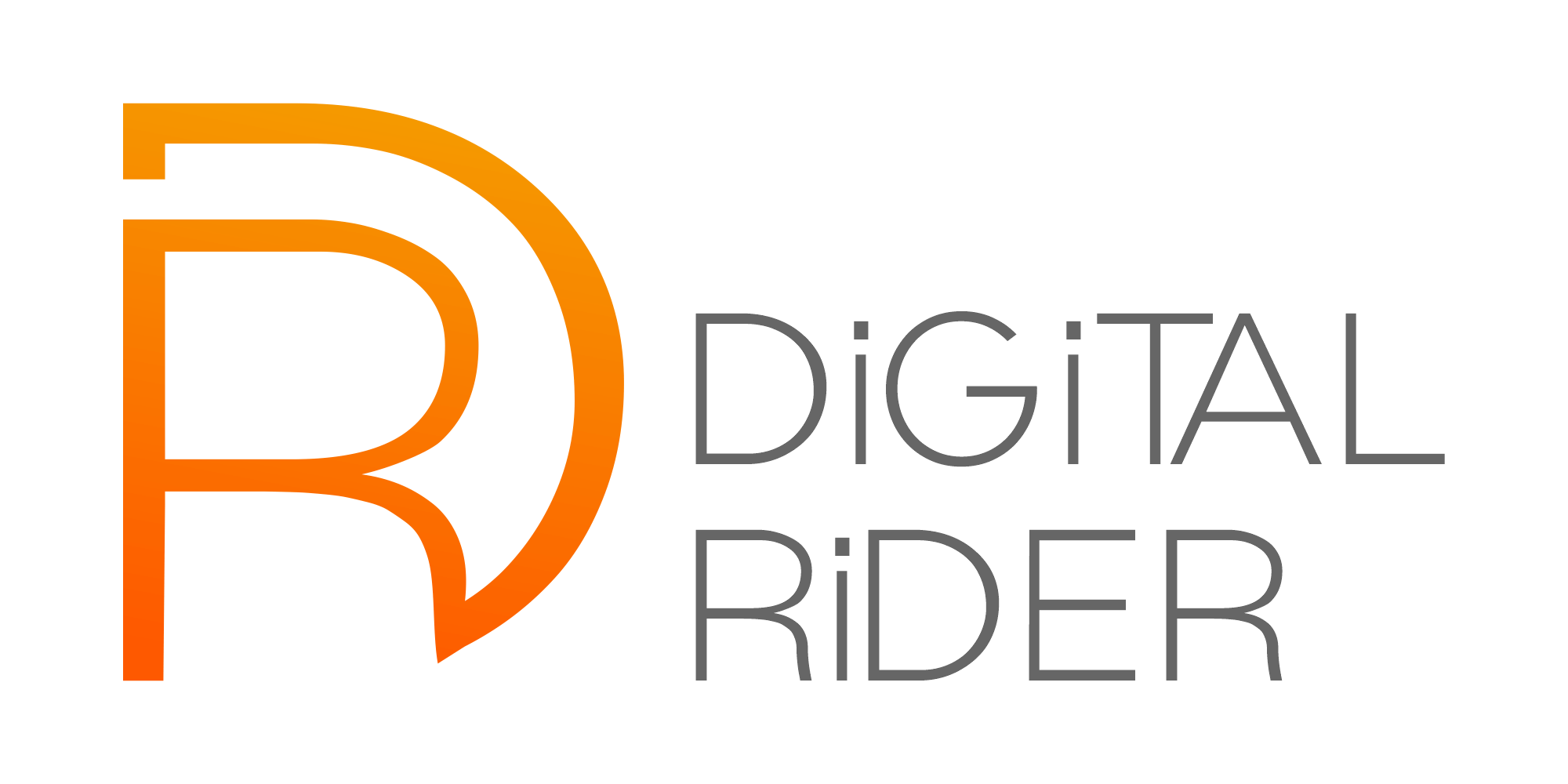Why is there a decline in LinkedIn followers, and what are the strategies for recovery?

If you’ve noticed a drop in your LinkedIn followers recently, you’re not alone. With algorithm changes and increased competition on the platform, many users are finding their follower counts decreasing. While this can be discouraging, there are strategies you can employ to diagnose the reasons behind the decline and rebuild your audience.
Assessing the Decline
The first step is to analyze your follower trends over time – has there been a sharp, sudden drop, or a gradual decline? Using LinkedIn’s analytics, check if losses correlate with changes in how frequently you post. A drop could indicate followers are disengaging from sporadic updates.
You’ll also want to compare content metrics before and after the dip. Are fewer people commenting, liking, and sharing posts now? That points to content no longer resonating. Evaluating metrics helps pinpoint potential causes for decreased followers.
Diagnosing the Issue
Common reasons for losing LinkedIn followers include:
Irrelevant Content: Posts no longer align with followers’ interests or needs. Failing to showcase industry experience can also decrease value.
Low Engagement: Not interacting enough with followers or community.
Over-Promotion: Linking predominantly to own content and services rather than sharing wider industry information.
Algorithm Changes: LinkedIn’s algorithms now favor content that spurs active engagement over passive impressions. So high-value posts that spark comments and shares gain more visibility.
Using these potential issues as a guide, audit your own activity honestly. Look for ways you may be turning off previous followers to shape an effective turnaround strategy.
Turning Followers Around
With the root problem identified, focus efforts on re-engaging followers by:
Refreshing Content Strategy: Rethink topics and formats to cover audience-centric themes more aligned to their preferences. Short-form posts tend to work best.
Engaging Followers: Don’t just broadcast content, facilitate conversations by responding to all comments and messaging actively.
Providing Unique Value: Share useful perspectives, data insights and resources followers won’t get anywhere else. Express your distinct expertise.
Execute initiatives consistently over 2-3 months before expecting an upturn. Patience and persistence are key. Leverage analytics to see which posts draw more engagement, then produce more of that high-value content.
It is possible to recover from a follower decline on LinkedIn. But it requires understanding the reasons behind losses and realigning your approach to provide followers renewed value that rebuilds interest in connecting. With a strategic revival plan, you can regain – and even surpass – past follower numbers.
The key is determining what resonates with your audience now and meeting that need effectively through more relevant, interactive content that showcases your thought leadership. By diagnosing issues quickly and adapting your strategy, a follower decline often presents an opportunity to improve relationship-building on LinkedIn long-term.

